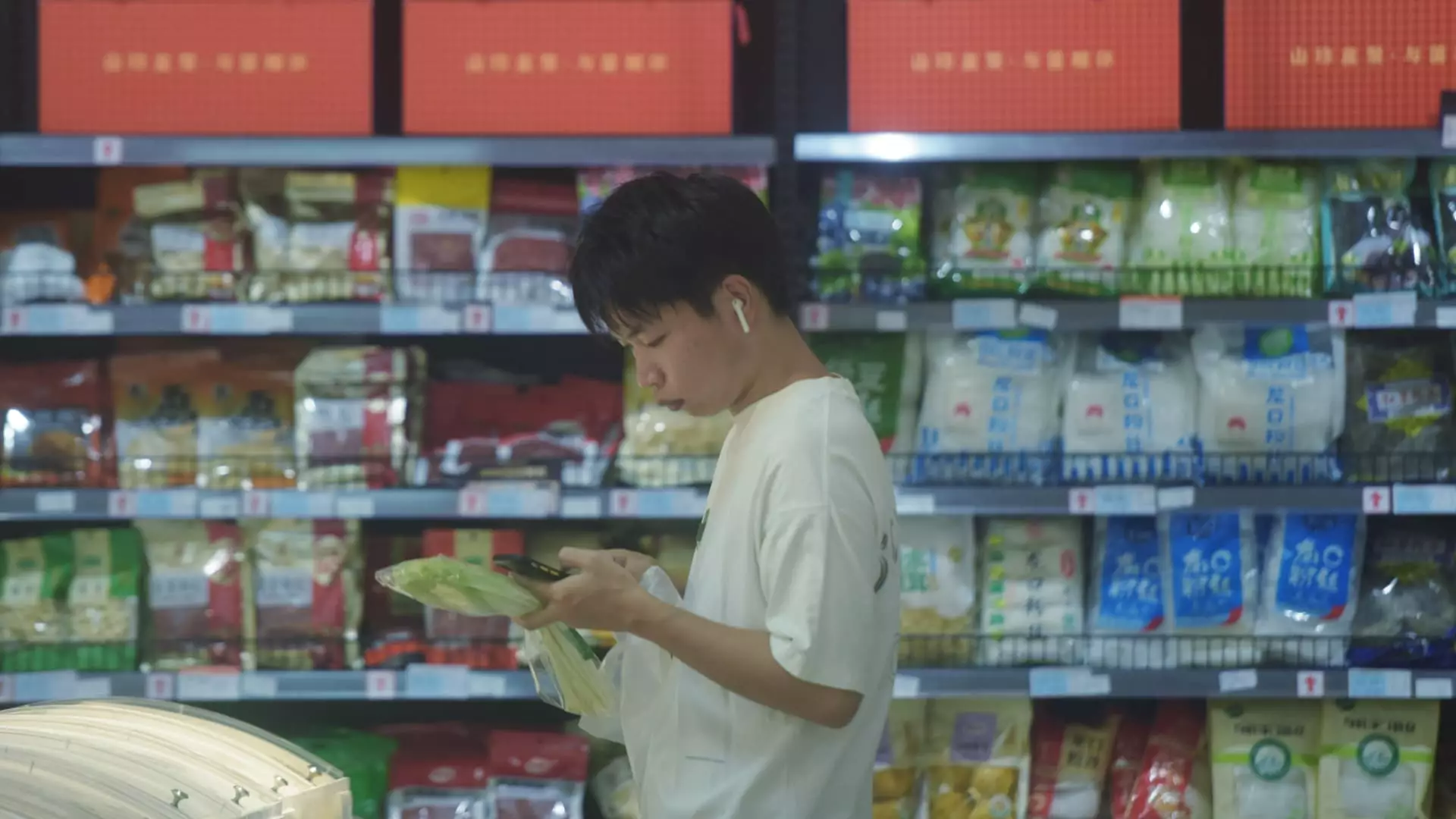Recent statistics released by the National Bureau of Statistics of China reveal a concerning trend in the nation’s economy, showing that August 2023 experienced slower-than-anticipated growth across major economic indicators, specifically retail sales, industrial production, and urban investment. Retail sales for the month only increased by 2.1% compared to the prior year, significantly missing projections that anticipated a 2.5% rise. This growth rate also represents a decline from July’s figures, which came in at 2.7%. Such reductions in consumer spending signal not just a temporary setback but a worrying trend that indicates deeper issues in China’s post-pandemic recovery.
Industrial production, another critical component of economic health, rose by 4.5% in August but fell short of the anticipated 4.8% growth. Again, this marks a decrease from the more positive 5.1% growth recorded in July. The slower pace of industrial output raises concerns regarding the broader manufacturing sector’s resilience in the face of uncertainty in both local and global markets. Furthermore, fixed asset investment growth also shows signs of weakening, rising only by 3.4% from January through August, which does not meet the market expectation of 3.5%. The data suggests that both infrastructure and manufacturing investments, crucial for sustained economic growth, are not performing as well as required.
The urban unemployment rate has slightly increased to 5.3% from July’s figure of 5.2%. This uptick is attributed in part to seasonal factors, particularly as fresh graduates enter the job market, creating a temporary surplus of job seekers. Liu Aihua, a spokesperson for the National Bureau of Statistics, emphasized the need for ongoing efforts to stabilize employment, particularly noting the significance of youth unemployment, which reached a staggering 17.1% in July. These statistics signal not only immediate concerns about job availability but also longer-term implications for economic stability as a sizable portion of the population remains vulnerable.
The statistics bureau has indicated that the adverse effects stemming from external conditions are intensifying, complicating any potential recovery. With global economic fluctuations impacting trade, the urgency for internal demand stimulation has never been clearer. While exports demonstrated resilience with a rise of 8.7%, imports only saw a modest increase of 0.5%, which raises questions about the overall health of domestic consumption and whether it can support long-term growth.
As China prepares for the upcoming Mid-Autumn Festival, the mood is tempered by these economic realities. Policymakers face the pressing challenge of stimulating the economy without resorting to large-scale interventions that may not yield immediate results. With the next major public holiday on the horizon, there is a need for a comprehensive strategy to bolster both consumer confidence and industrial output. Without significant action, the world’s second-largest economy risks remaining mired in a period of subdued growth and heightened vulnerability. Only through targeted policies that address both domestic issues and external pressures can China hope to navigate these turbulent economic waters effectively.

